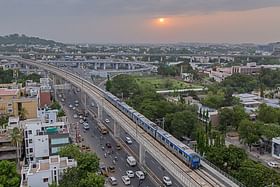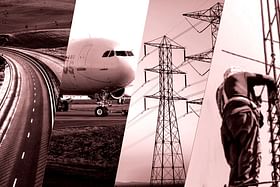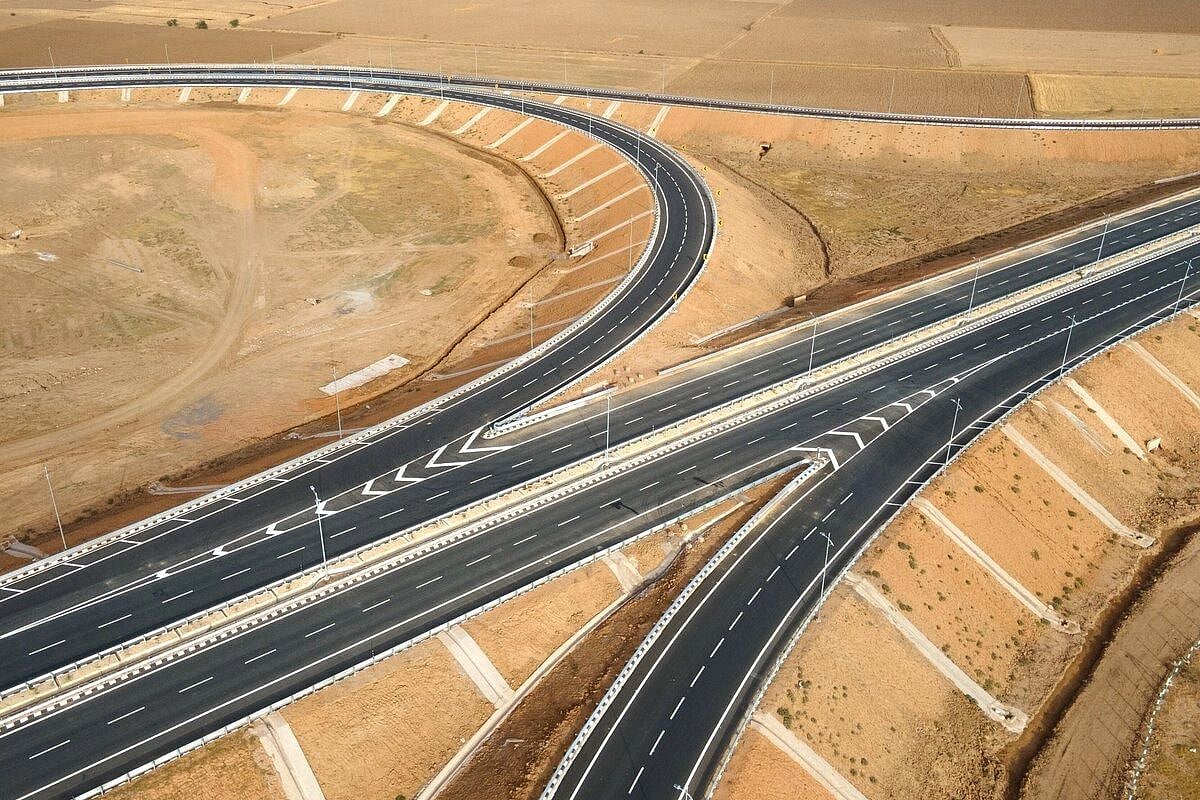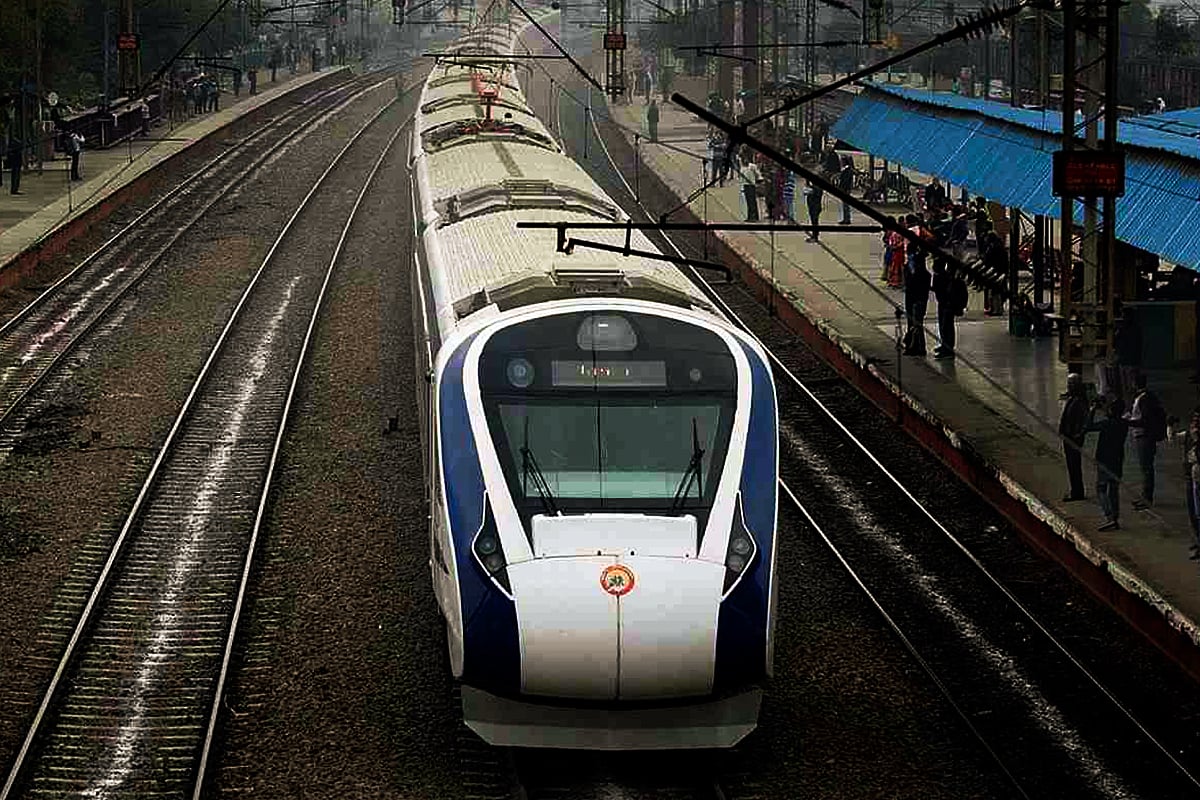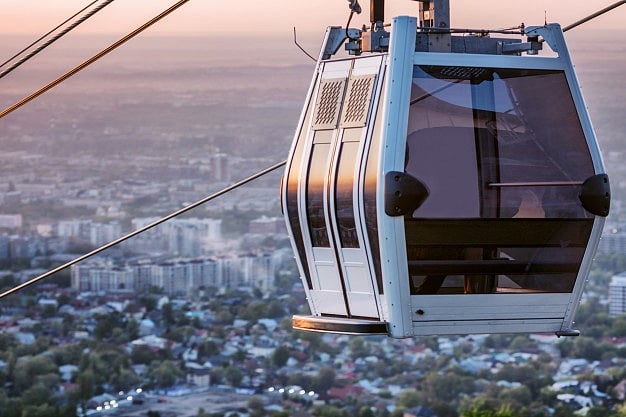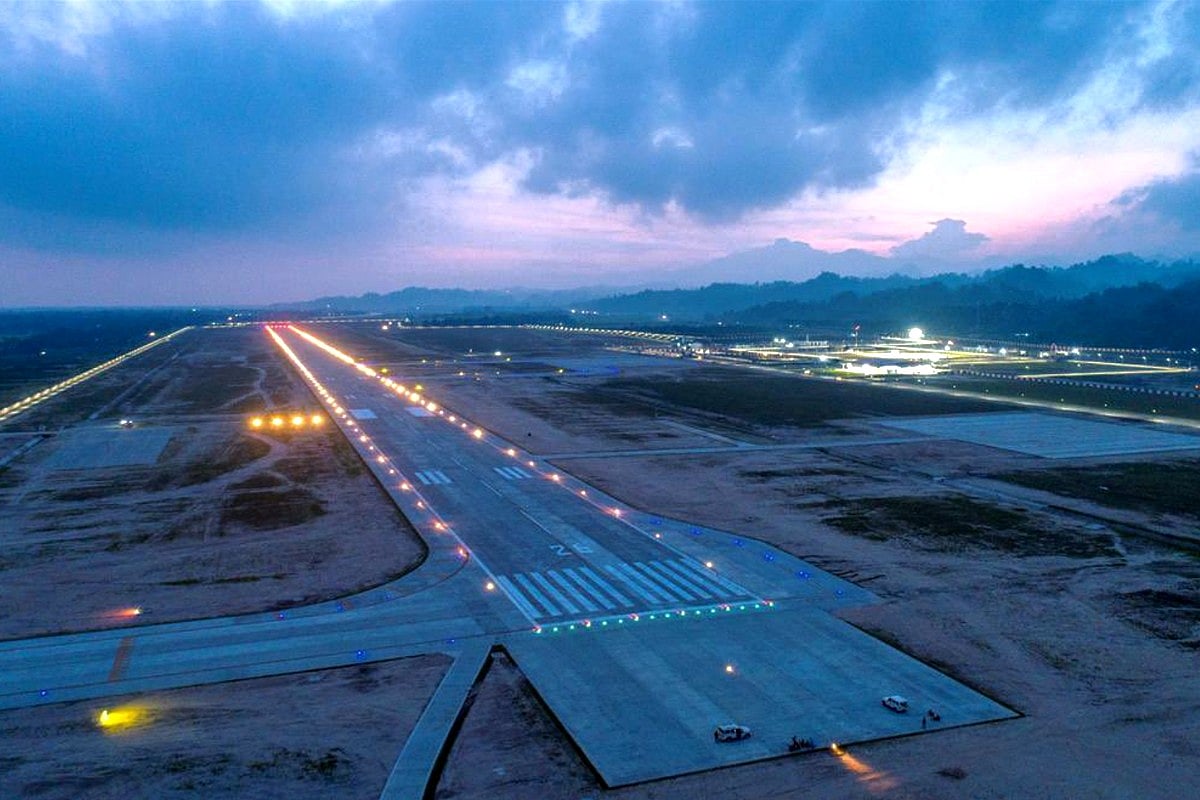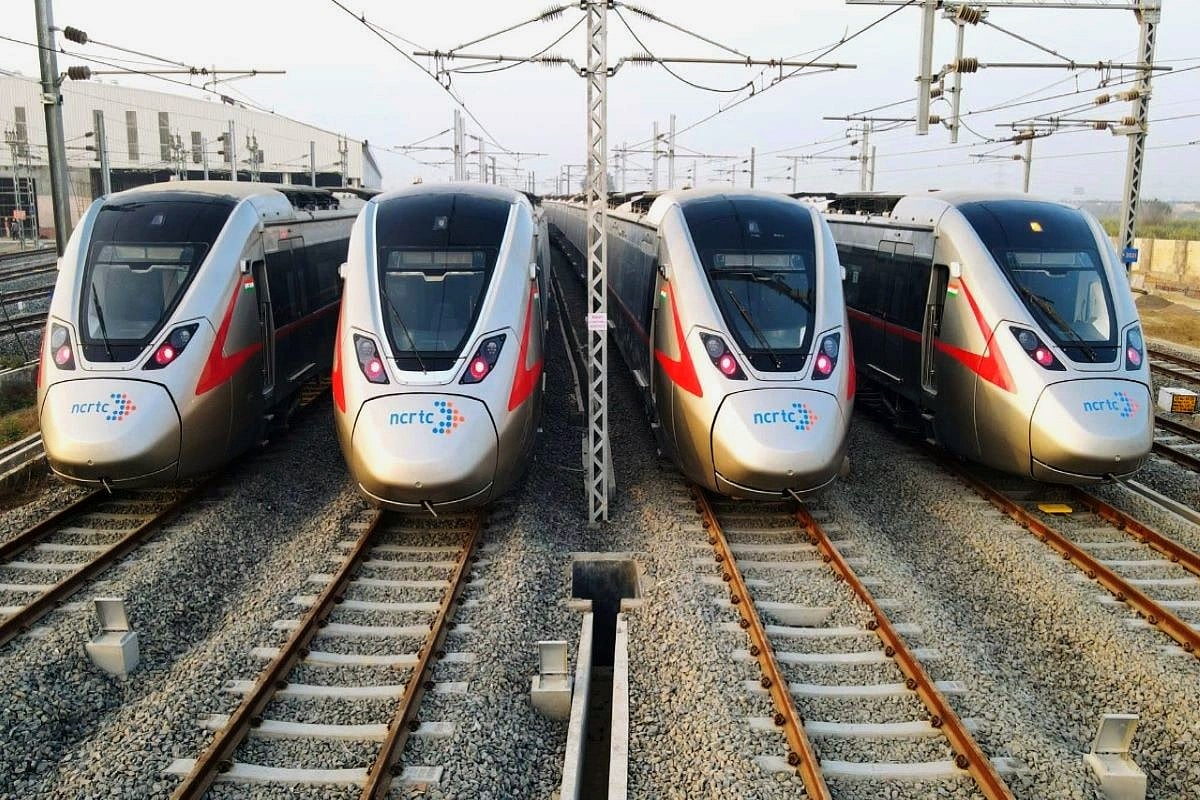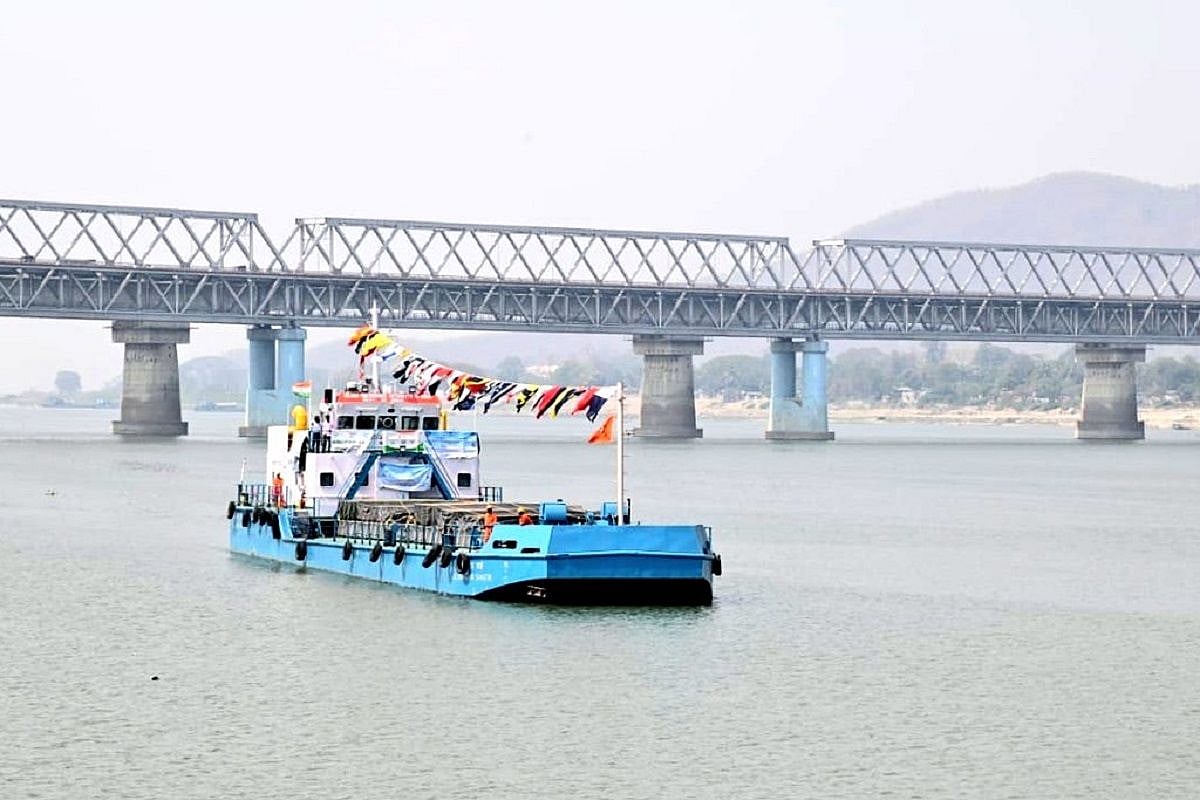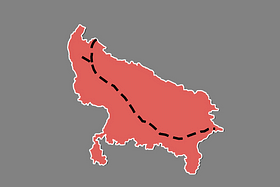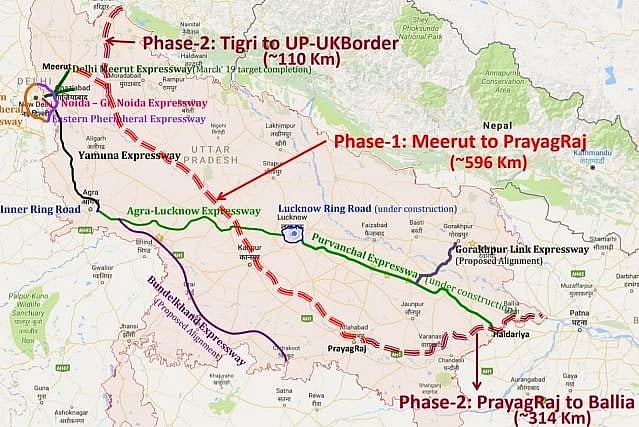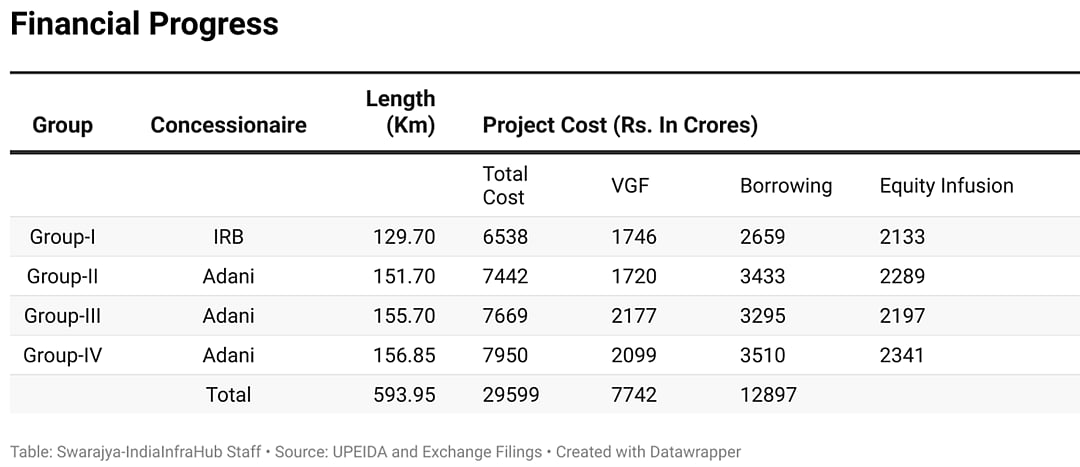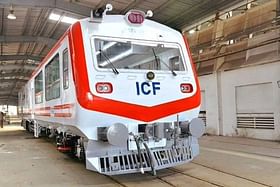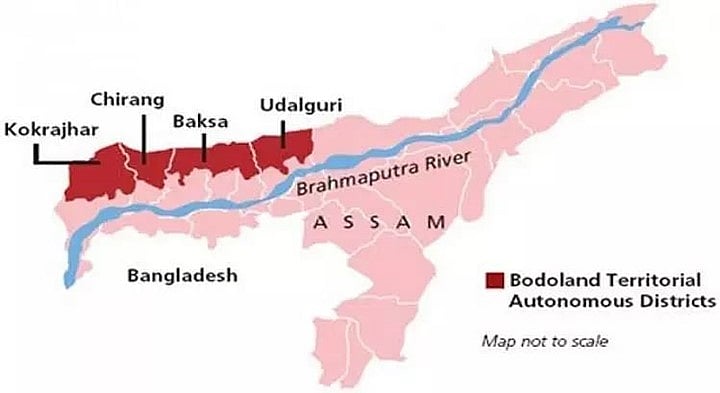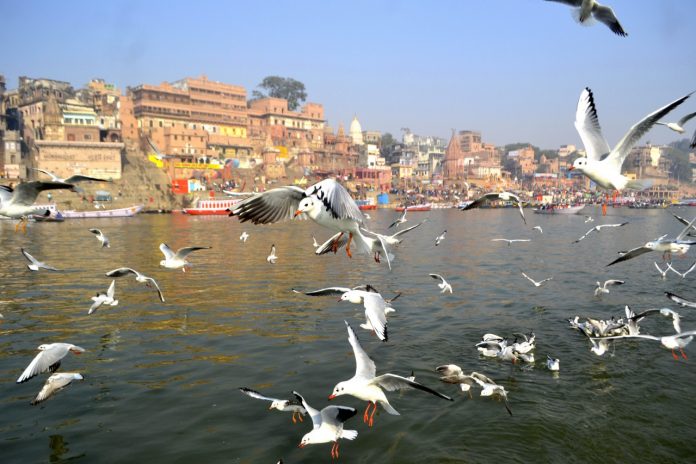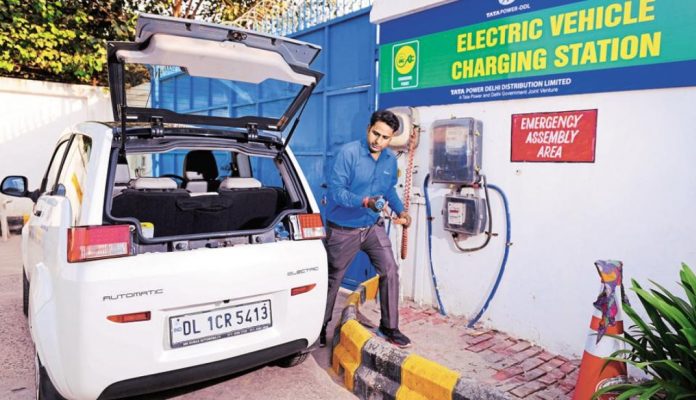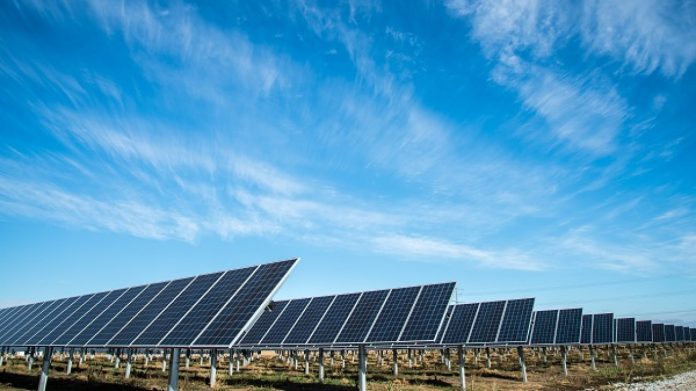The Asian Development Bank (ADB) on 3 January signed an agreement with the Government of India to provide a loan of $350 million to build three new metro lines in Chennai.
The loan is part of the $780 million multi-tranche financing facility (MFF) for the Chennai Metro Rail Investment Project approved by ADB on 8 December 2022.
Chennai Metro Rail Investment Project
The Chennai Metro Rail Investment Project will contribute to the expansion of the existing metro rail network in Chennai, the capital city of Tamil Nadu on the south-east coast of India.
The investment project supports the development of three new metro corridors – 3, 4, and 5 that will connect the central area of Chennai to major destinations in the south and west of the city.
For Corridor 3, the project will construct 10.1 km of the elevated section between Sholinganallur to State Industries Promotion Corporation of Tamil Nadu-2, including nine metro stations and system components.
For Corridor 4, the project will help construct 10 km of the underground section between Lighthouse and Meenakshi College including nine stations.
For Corridor 5, it will finance 31 km of system components, such as electrical, mechanical, power, and telecommunication infrastructure, between Chennai Mofussil Bus Terminus to Okkiyam Thoraipakkam.
The stations across the three lines will incorporate disaster- and climate-resilient features and will be responsive to the needs of the elderly, women, children, differently abled, and transgender people.
Multimodal interchanges and facilities will be established along metro rail corridors to improve commuters’ experience such as drop-off and pick-up areas, sheltered waiting areas, bicycle facilities, and passenger information.
An additional $1 million ADB technical assistance (TA) grant will help the Chennai Metro Rail Limited (CMRL) with the planning and management of the metro system’s multimodal integration.
Chennai Metro Phase I
The Phase I of Chennai Metro Rail project covers a length of 45.046 Km network and consists of two Corridors i.e., Corridor-1 from Washermenpet to Airport (23.085 Km) and Corridor -2 from Chennai Central to St. Thomas Mount (21.961 km).
About 55 per cent of the corridors in Phase 1 is underground and the remaining are elevated. Out of 32 stations, 13 are elevated stations and the remaining 19 are underground stations.
Chennai Metro Phase I was inaugurated stage wise from 2015 onwards and the last stretch was inaugurated on 10 February 2019.
The Japan International Cooperation Agency (JICA) has extended entire loan of Phase I project to the tune of Rs 8,646 crore (47 per cent of total cost).
Chennai Metro Phase I Extension
Phase I Extension covers a length of 9.05 Km from Washermenpet to Wimco Nagar.
The corridor consists of nine stations and links North Chennai with the Airport and Central Railway Station. The entire length of the Phase I Extension project has been in operation since March 2022.
Similar to Phase I, JICA has extended entire loan of Extension project to the tune of Rs 2,141 crore (57 per cent of the total cost).
Chennai Metro Phase II
Considering the rising demand for fast and sustainable Mass Transit System and to enhance the share of Public Transport System, the state government of Tamil Nadu decided to extend the Metro Project by implementing 118.9 Km under Chennai Metro Phase II with three corridors as follows.
-
Corridor-3 (C3): Madhavaram to SIPCOT (45.8 Km)
-
Corridor-4 (C4): Lighthouse to Poonamallee Bypass (26.1 Km)
-
Corridor-5 (C5): Madhavaram to Sholinganallur (47.0 Km)
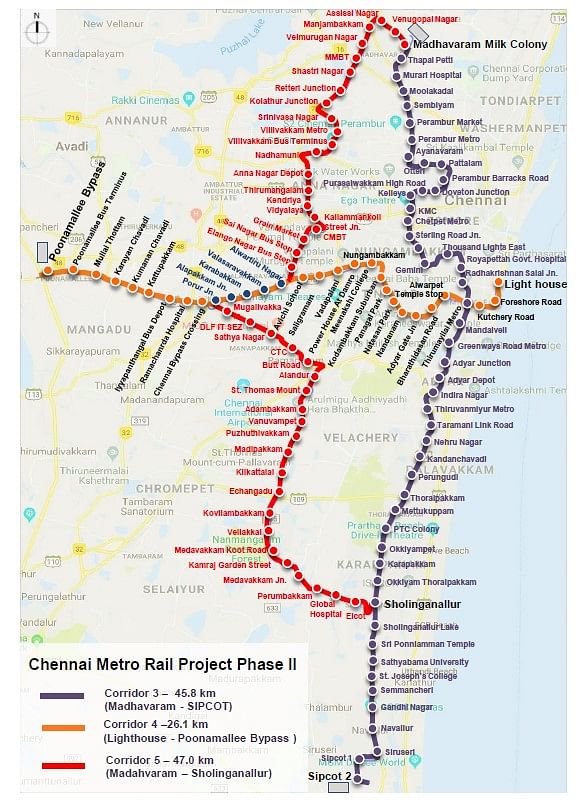
The central government in August 2021 has given its nod to Rs 6,1843 crore Phase II project.
The project is being financed through external loans from JICA, ADB, Asian Infrastructure Investment Bank (AIIB) and New Development Bank (NDB).
With civil contracts awarded for most of the packages, the project is proposed to be completed by the end of 2026.
